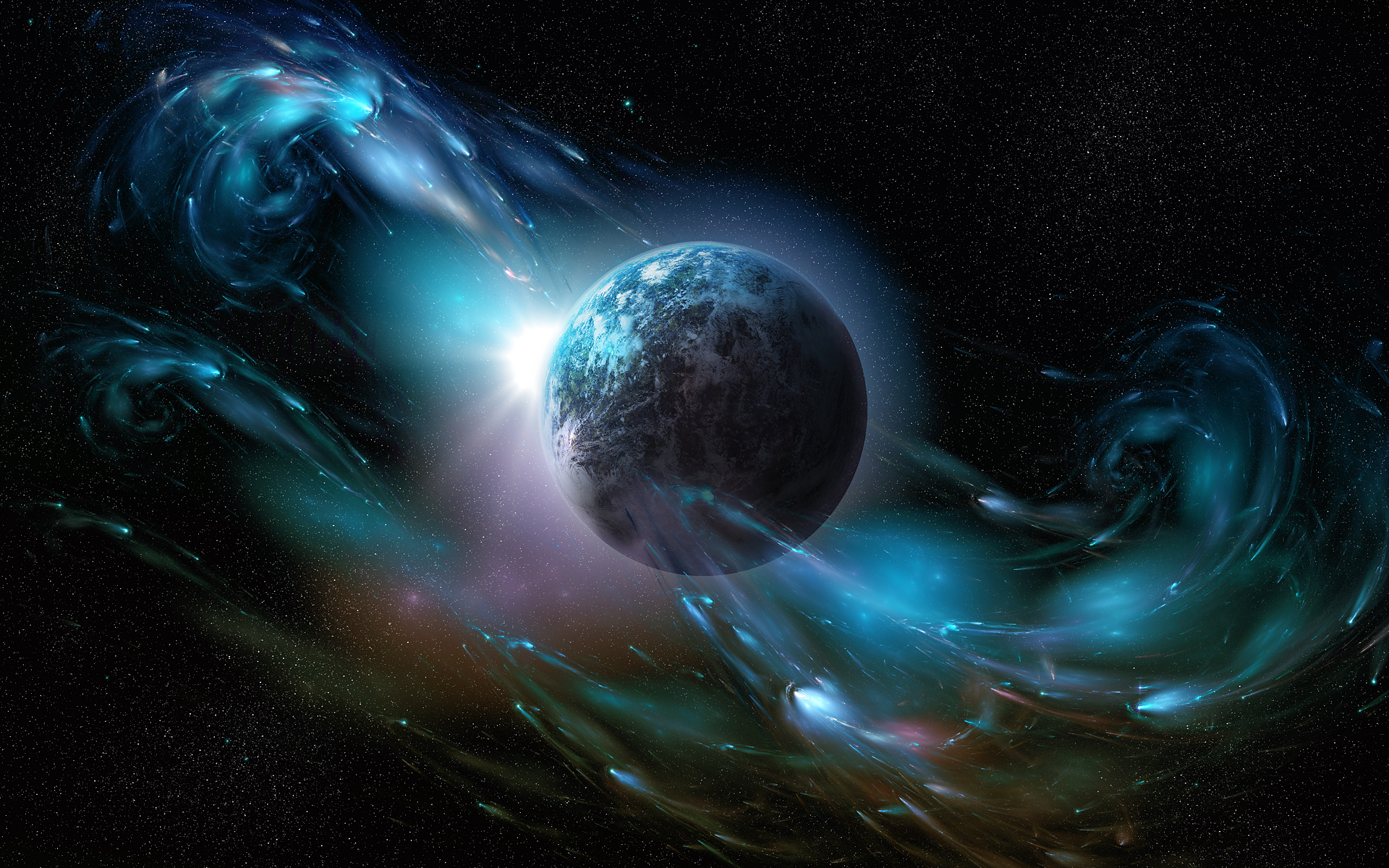 |
| magnetic reconnection is gravity dogma terminology |
 |
| magnetic reconnection |
 |
| Uranus auroras |
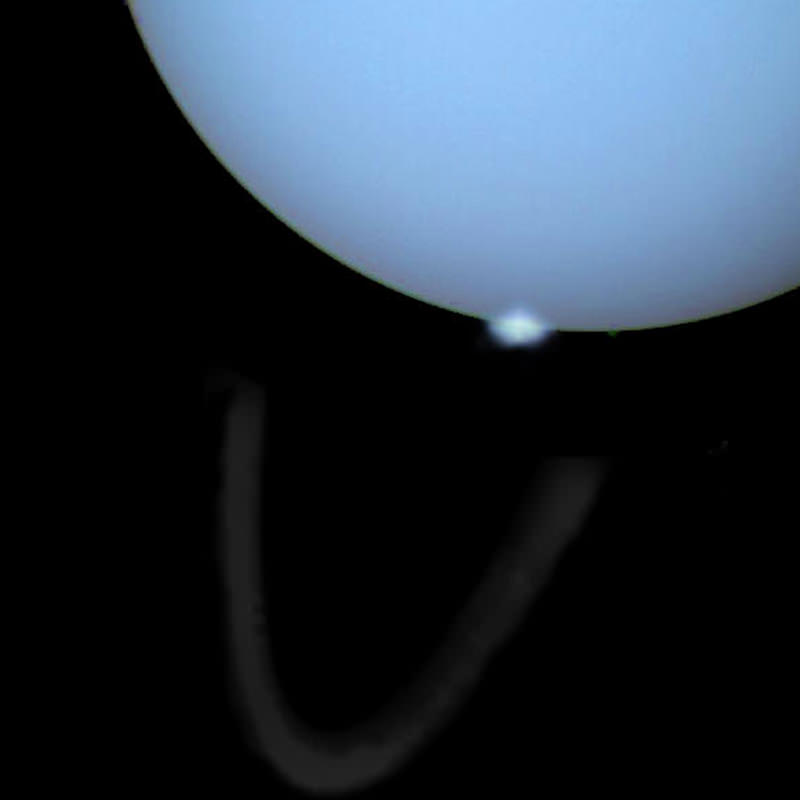 |
| Uranus auroras support a magnetotail |
Plasmoids are now becoming believed to be common features in the magnetosphere of ALL planets in the Universe, including planets like Venus that lack an intrinsic magnetic field. Magnetic reconnection is the MACROSCOPIC scale observation that has a fractal scale analogue in MICROSCOPIC lab plasmas, and with the quantum atomic nucleus and its orbiting electrons. The classical physics to describe both trojan asteroids orbiting the sun and electrons orbiting the atomic nucleus are IDENTICAL. The electric field forces the electron to orbit the nucleus. An iron curtain that nobody is allowed to cross still divides academics of gravity and electrodynamics. The universe is only explainable and observable by electromagnetic phenomena and not anything invented to be gravitational. Electrohydrodynamics equations when applied to interpret relativity forms Quantum electrodynamics QED, together with Magnetohydrodynamics MHD by "magnetic reconnection" shapes and forms the universe composed of 99.9% plasma (electromagnetism). QED and MHD have mathematical components that fractal scale many high temperature outer space plasma phenomenon, and is replacing the phony gravity dark matter cosmology. When the electric current layers that form during magnetic reconnection become too intense, they disintegrate and spread into a complex FILAMENTARY WEB of filaments that causes the rate of magnetic reconnection to increase abruptly, says Che Drake of integrated plasma studies univ. colorado. This filamentary web is formed in plasma labs and in the filamentary cosmic web of dark matter in outer space. Plasma is scalable by size and time duration. Plasma labs in milliseconds scale major aspects of the same phenomena seen in outer space that happens over millions or billions of years.
"Venus behaves like a big comet, with magnetic reconnection lofting charged particles from the planet's atmosphere into space" says Philippe Zarka at Paris observatory.
"The way that magnetic reconnection leads magnetic bubbles to detach from the magnetotail of Venus could explain why the tails of comets disconnect from comet heads" says Tielong Zhang. This happened with comet Encke in 2007. |
| Venus and Earth's magnetotail have magnetic reconnection plasmoids |
"The plasma dynamics of Venus and Earth are surprisingly similar, despite their very different magnetic environments, with and without intrinsic magnetic fields" says Tielong Zhang of Space Research Institute.
"Venus has magnetic storms and auroras that show how a planet can act like an anchor to help the solar wind reconnect with itself" says Jonathan Nichols of Leicester University.
"Magnetic reconnection in the magnetotail of Venus is a scaled-down version of Earth's." Fractal magnetosphere geometry involving electrodynamics.
Magnetic reconnection in the magnetotail of planets not even having an intrinsic spin generated interior magnetic field, was not thought to occur on non-magnetized planets such as Venus, says Tielong Zhang at the space research center. This discovery provides strong evidence for analogous gravity by electrodynamic planetary orbits around the sun. Magnetic reconnection can explosively convert magnetic energy into heat and kinetic energy (energy of orbital motion). Magnetic reconnection happens when opposite polarity magnetic fields collide and merge, and the same directed magnetic field lines break and reconnect with each other. The sun's heliosphere electric current sheet twists and has N-S (- +) polarity. The magnetotail region is on the opposite side or leeward side of the planet away from the sun, and is created by the solar wind's interaction with the upper atmosphere of the planet. The planet's ionosphere slows and diverts the flow of solar wind particles creating a magnetosphere that is shaped like a comet's tail. Magnetic reconnection splits the magnetotail, causing most of the plasma in the tail to be ejected into space, and forming a transient magnetic loop plasmoid structure, that for Venus was 2,100 miles wide and lasted for 94 seconds, which ESA's Venus Express spacecraft detected. The passing plasmoid heads back towards the planet channeling only a fraction of the total energy flux of the solar wind into the night-side atmosphere producing auroras.
"Venus has magnetic storms and auroras that show how a planet can act like an anchor to help the solar wind reconnect with itself" says Jonathan Nichols of Leicester University.
"Magnetic reconnection in the magnetotail of Venus is a scaled-down version of Earth's." Fractal magnetosphere geometry involving electrodynamics.
Magnetic reconnection in the magnetotail of planets not even having an intrinsic spin generated interior magnetic field, was not thought to occur on non-magnetized planets such as Venus, says Tielong Zhang at the space research center. This discovery provides strong evidence for analogous gravity by electrodynamic planetary orbits around the sun. Magnetic reconnection can explosively convert magnetic energy into heat and kinetic energy (energy of orbital motion). Magnetic reconnection happens when opposite polarity magnetic fields collide and merge, and the same directed magnetic field lines break and reconnect with each other. The sun's heliosphere electric current sheet twists and has N-S (- +) polarity. The magnetotail region is on the opposite side or leeward side of the planet away from the sun, and is created by the solar wind's interaction with the upper atmosphere of the planet. The planet's ionosphere slows and diverts the flow of solar wind particles creating a magnetosphere that is shaped like a comet's tail. Magnetic reconnection splits the magnetotail, causing most of the plasma in the tail to be ejected into space, and forming a transient magnetic loop plasmoid structure, that for Venus was 2,100 miles wide and lasted for 94 seconds, which ESA's Venus Express spacecraft detected. The passing plasmoid heads back towards the planet channeling only a fraction of the total energy flux of the solar wind into the night-side atmosphere producing auroras.

Besides detecting radio waves to discover new alien planets undergoing magnetic reconnection, kinetic energy is released by magnetic reconnection in the form of motion or acceleration that powers the planet's orbit around the sun. This magnetohydrodynamic interaction between the solar wind, planetary ionosphere, and plasmoid magnetotail, explains away gravitational theory. The sun is not a point source of gravity, but is composed of streaming plasma and solar wind particles formed by the traveling motion around the galaxy and encountering the magnetic field of the interstellar medium ISM. The major reason why magnetic reconnection is so little understood, is that it is newly discovered, first in just a few planets. The sun's electric field stabilizes the planetary orbit, just as the trojan asteroids orbiting the sun are stabilized by Jupiter's electric field. All the pieces of the puzzle of gravity are explained by magnetic reconnection taking place for accelerating objects of any mass, because there will be a microscopic magnetotail even on tiny asteroids.
Electrodynamics "you're going to love this"
 |
| ESA's Venus Express spacecraft follows a near-polar orbit that is ideal for studying the Venusian interaction between the solar wind, upper atmosphere ionosphere, and the magnetotail. |
 |
| our solar system bubble forms from the solar wind encountering the interstellar magnetic field of the ISM |
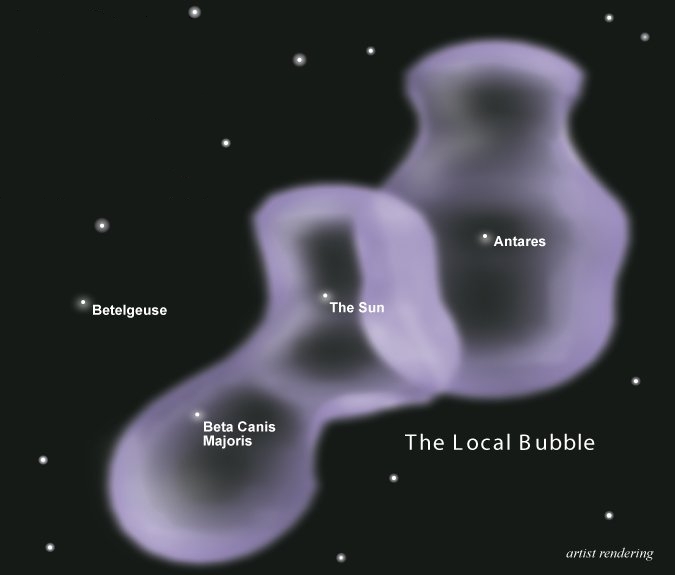 |
| Our star the sun interacts with a group of neighbor stars by quantum electrodynamics and magnetohydrodynamics that spins magnetized bubbles shaping the galaxy without gravitational theory |
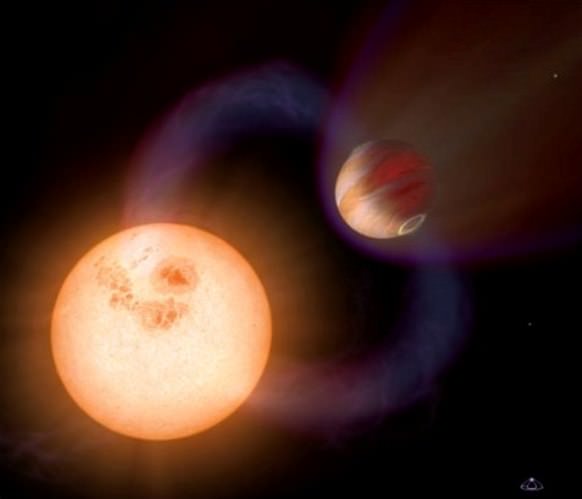





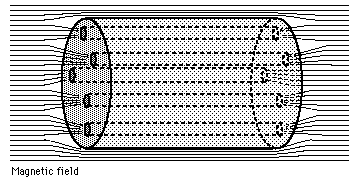
No comments:
Post a Comment